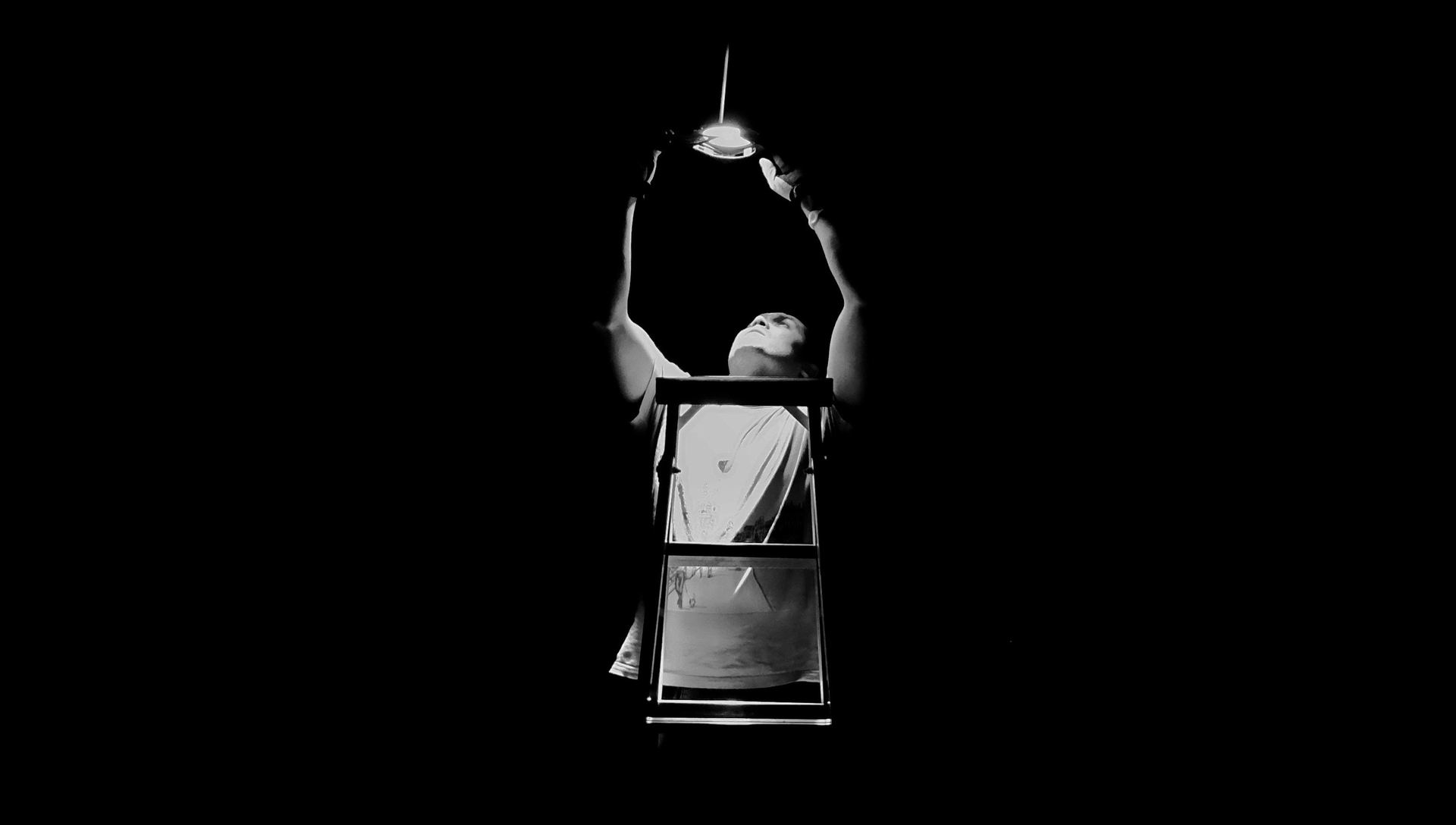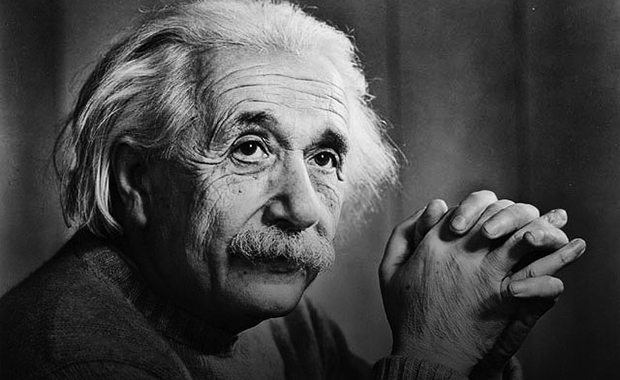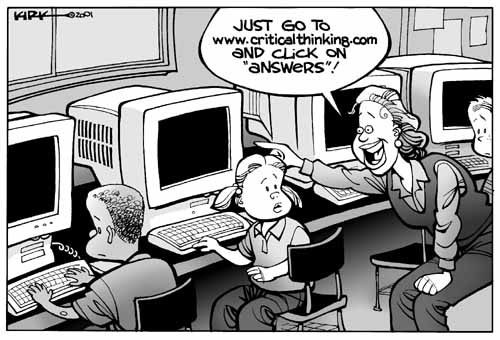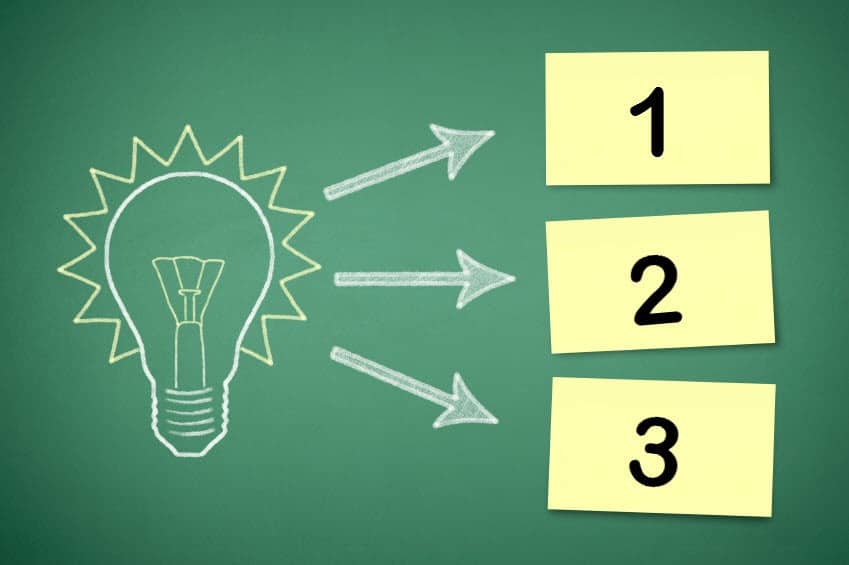Colin and I were in a meeting where a team of people was geared up to take us through a complex and involved process that they desperately wanted to simplify. They had a huge storyboard, timeline, and detailed drawing to help us understand. Without the firing of the starting pistol, they jumped right in. After a few minutes, I had to say WHOA, STOP! Can we rewind and start here?
- What is the problem you are trying to solve?
- How does this solution create opportunity?
Let’s start with some critical thinking.
Albert Einstein said; “If I had an hour to solve a problem and my life depended on the solution, I would spend the first 55 minutes on determining the proper question, for once I know the question, I could solve the problem in five minutes.”
Now, I’m not saying we have access to an Einstein-like mind and the experience that gave him that perspective but we can emulate his thinking style. Einstein not only was an applier of critical thinking but also just about every other model, with a deep emphasis on creative thinking. So when we start a project we always start by saying “let’s apply a little thinking at the beginning of a problem-solving session.”
This is really not so much about critical thinking as it is THINKING in general. We seem to be falling farther and farther out of the gravity of thought. We jump to conclusions. We accept ideas without any filters. In 2016 a Stanford study by Wineburg and McGrew found that the vast majority of students lacked the ability to judge the credibility of information. Those are STANFORD STUDENTS!!
So, let’s help return us to the thinking processes of Socrates, Thomas Aquinas, Francis Bacon and Descartes, the process of critically thinking about stuff.
You can go to Google and type critical thinking and find about 180,000,000 sources. That’s a lot! At Creative Ventures, we deal in the world of problem-solving every day, all day and have for the past 32 years. During that time we have developed filters, a process that we use, to pass issues through, in order to determine a wide variety of directions. These act like coffee filters that eliminate the superfluous grounds and leave us with a great cup of Joe. The OVER COFFEE video in our April 2018 newsletter shows our IDEA THINKING FILTER. But let’s focus on a simple, three-part filter that will help you begin your journey into becoming a better critical thinker.
As you know, simplicity drives EVERYTHING we do. In fact, we sometimes make bad sacrifices in the name of simplicity and have to be reminded of another Einstein quote: Everything should be made as simple as possible, but not one bit simpler. With that brilliant caveat, here we go.
- THE PROBLEM: Spend a lot of thinking time here. Are you working on the right problem? Is this problem simply a symptom? Are you focused on effect and not cause? SLOW DOWN. State the issue a bunch of different ways. Turn it over, look at it in context. I know the urge to speed is overwhelming, but good critical thinkers are DISCIPLINED. Image how much time and how many headaches you could impact if you knew you were looking at the right issue! Spend a good amount of real thinking around the problem.
- ANALYZE: This is the next biggy in critical thinking and introduces all kinds of problems. First, you can analyze anything to death with oceans of data and the nagging feeling you just need a little more stuff in order to make a decision. You will face tons of thinking barriers and biases. You will be forced to face down assumptions. You will need to examine sources. All of this is OK, don’t freak out. It’s what all critical thinkers face. The more time you spend with thoughtful thinking (is that a thing?) the better you and your team will get. Oh yeah, this is a team thing when used at its best.
- TRANSFER: Guess what? The purpose of knowledge is to help you make a decision. Yeah, make a choice. Transfer all the thinking and around the problem and your expert analysis to some damn action. Go ahead, it’s alright, it’s time to do something! Do you have to be absolutely right? Heck no, that’s what adjustments are for. The crew of Apollo 11 was only on course to the moon about 5% of the time. The other 95% was all about the right adjustments. They made those adjustments on the way to the moon, not on the launch pad.
If you want a copy of our thinking filter drop us a note and I’ll send you some resources. There you go. Start thinking. In order to think you have to SLOW DOWN. Give it a try and watch a unique, powerful and impact focus start to lead you to your decision making!





Leave a Reply